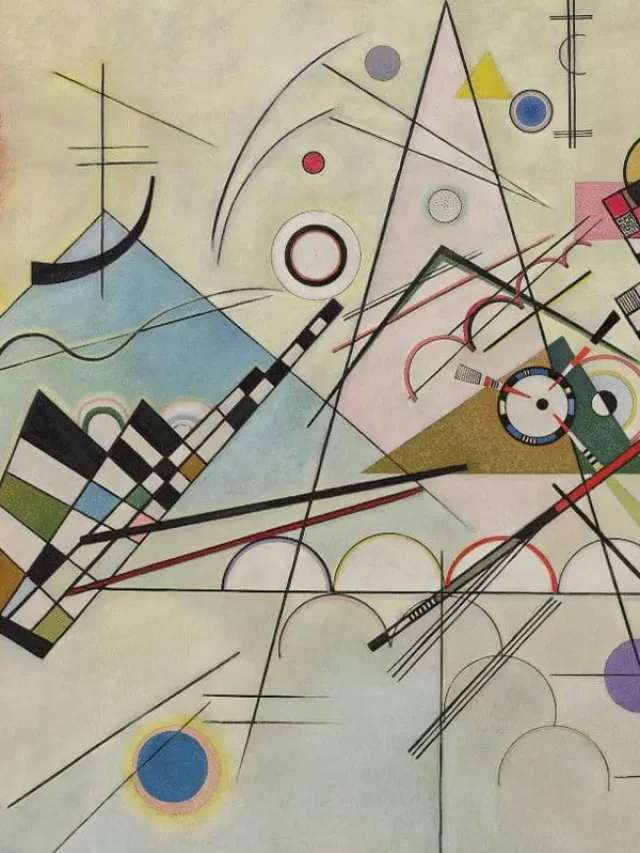Engendering an artwork might seem easy, but there is more than what meets the eye to create a visual masterpiece; a stunning composition. To novices, any composition is just a game of drawing, sketching, and playing with colours. But knowing the elements and principles of art and design can guarantee your place amongst the greats.
7 Principles Of Art
We’ve all heard of the 7 elements of art and design. However, artists are confused between the 7 elements and the 7 principles of art. Hence, they often use these two terminologies interchangeably. The 7 elements of art are the basic units of any composition. The 7 principles of art, on the other hand, define how these elements work together to describe the artist’s vision and intent. While an artist might not use all of these principles, they inadvertently creep into the painting, as one informs the other. Let’s talk about these principles.
1. Balance
Balance refers to the visual weight of the painting. It helps the art piece to achieve a sense of stability and equilibrium. For example, imagine a painting where objects are placed on the right side. This causes visual discomfort, rendering the left side vacant, effectively diminishing the appeal. Balance can be achieved via three phenomena.

- Symmetry: Symmetry in balance denotes that both sides have equal visual weight. It may encompass a simple mirror image or two similar components.
- Asymmetry: As the name suggests, asymmetry achieves a contrast, which keeps the composition interesting. Thus, one side would have a higher weight than the other.
- Radial Symmetry: In radial symmetry, visual units are arranged around an imaginary central point.
2. Movement
Movement is a principle which brings the artwork or sculpture to life. It ensures that the audience’s eyes are moving around the artwork, in a way that the artist intended. It can be achieved through curvy or diagonal lines, which may be real or implied. Movement can also be achieved by playing with the space (especially at the edges), repetition, or gestures. This principle of art is a great storytelling tool if used correctly.

3. Rhythm
Rhythm borrows heavily from music. Rhythm, unlike pattern, depends on bringing variety. Rhythm is created through the non-uniform yet harmonious repetition of components. They may be arranged in slow, fast, or uneven spatial intervals. Thus, it creates a visual tempo, just like the beats in music. Rhythm evokes emotions in the audience through the organisation of the entities.
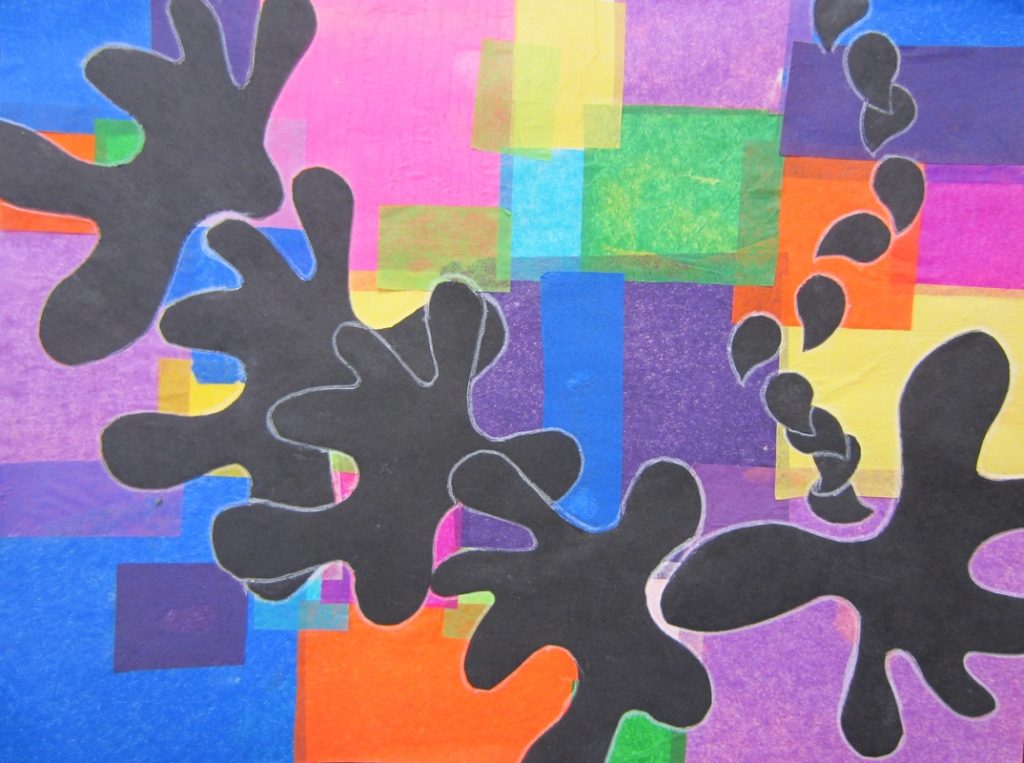
4. Emphasis
As the name suggests, emphasis creates contrast within a painting by propelling one area to the audience’s view through visual dominance. For example, on a black graphite sheet, white lettering creates a focal point. Hence, the viewer will undoubtedly gravitate towards the white rather than the black.

5. Contrast
Contrast is the virtue through which one out of the two juxtaposed elements is relatively emphasized. It is to be noted that contrasting areas would be the first to catch the viewer’s attention. Hence, the spatial arena becomes a good starting point if the artist is a storyteller. One can create contrast through shapes, complementary colours, or by manipulating positive and negative space. You may learn much about contrast by observing Piet Mondrian’s colour-blocking series. On the flip side, you may also contrast monochromatic colours, playing with the colour intensity or value.
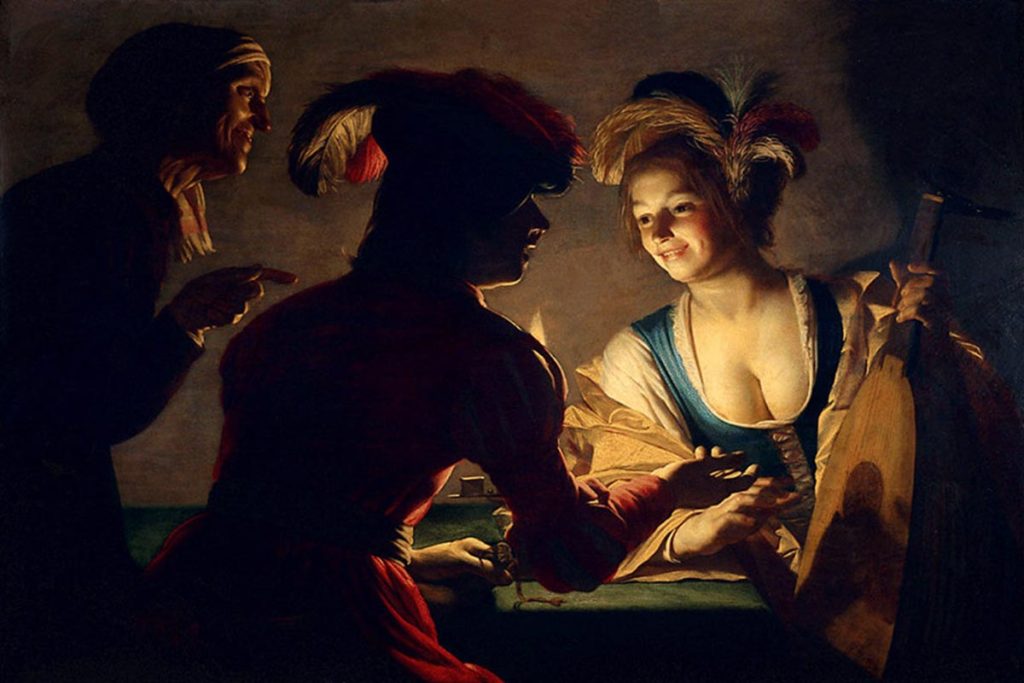
6. Pattern
The pattern is the uniform repetition of a singular or a combination of elements. Even the most basic dots can be turned into a pattern by repetition. Popular patterns involve spirals, grids, weaves, strips, and the upcoming representational Zentangle art. If you look closely at any artwork you can easily decipher the pattern, which may include colours, forms, or shapes. A pattern represents security and serenity. You can also play with pattern contrast, either by gradually changing their form, value, or colour.
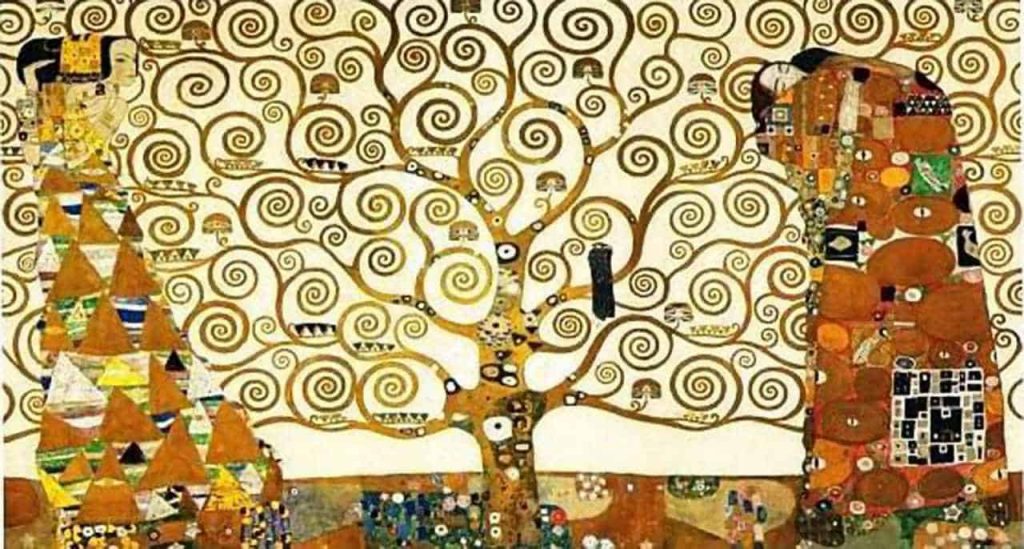
7. Unity or Variety
Unity and variety have two different meanings. Unity unifies the composition, whereas variety disperses the elements. Unity bestows cohesiveness and harmony in the painting. It brings about pleasure through the careful use of patterns, rhythm, and emphasis. Variety brings together several, seldom contrasting, elements together which creates excitement and makes the painting dynamic. An artwork must strike a delicate balance between unity and variety. Too much unity can create monotony, whereas a lot of variety can confuse. Hence, it is advisable to create focal points and areas of interest for the viewer’s eyes to rest.
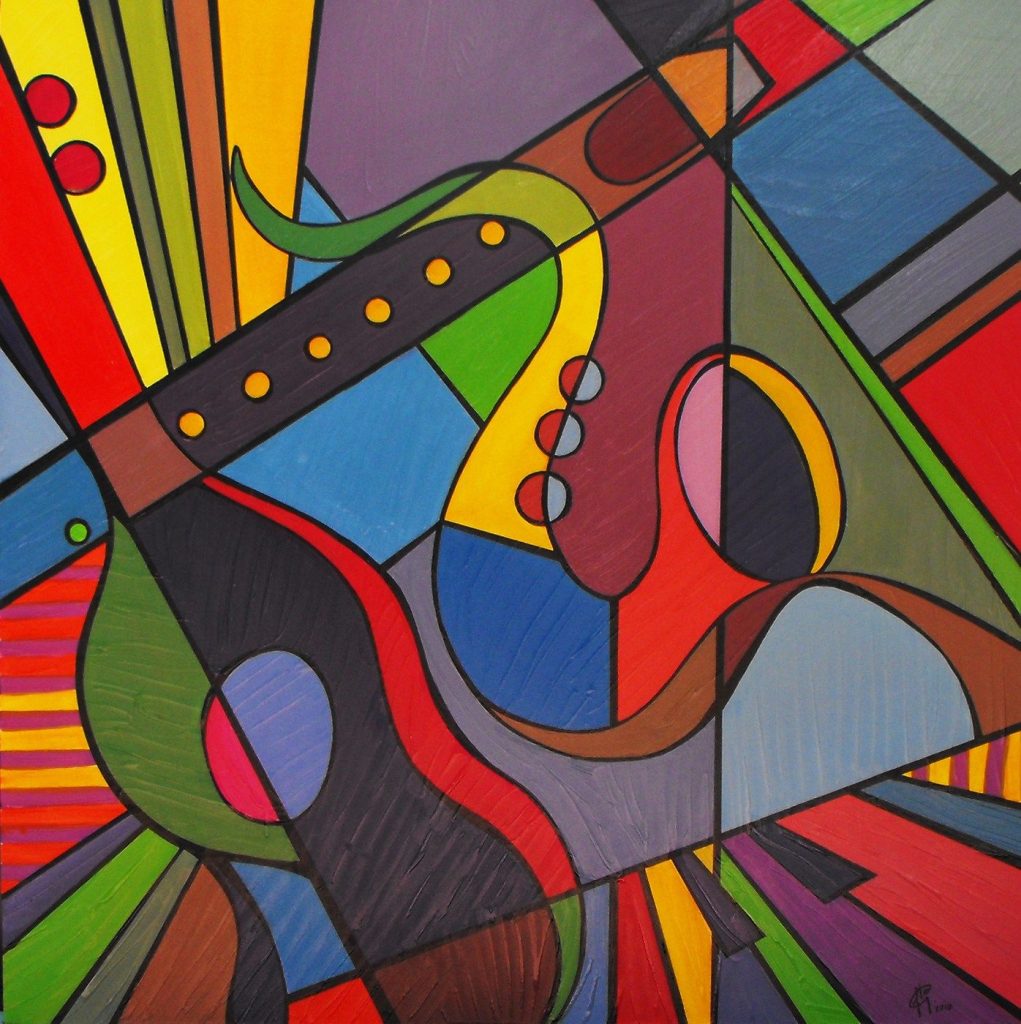
And there you have it, the 7 principles of art and design. Remember, you don’t necessarily have to use them all, but if you wish for your artwork to be as successful as the greats, chances are you will.
Image Courtesy – Art Ignition
Round and Round We Go with Easy Paper Quilling Art


